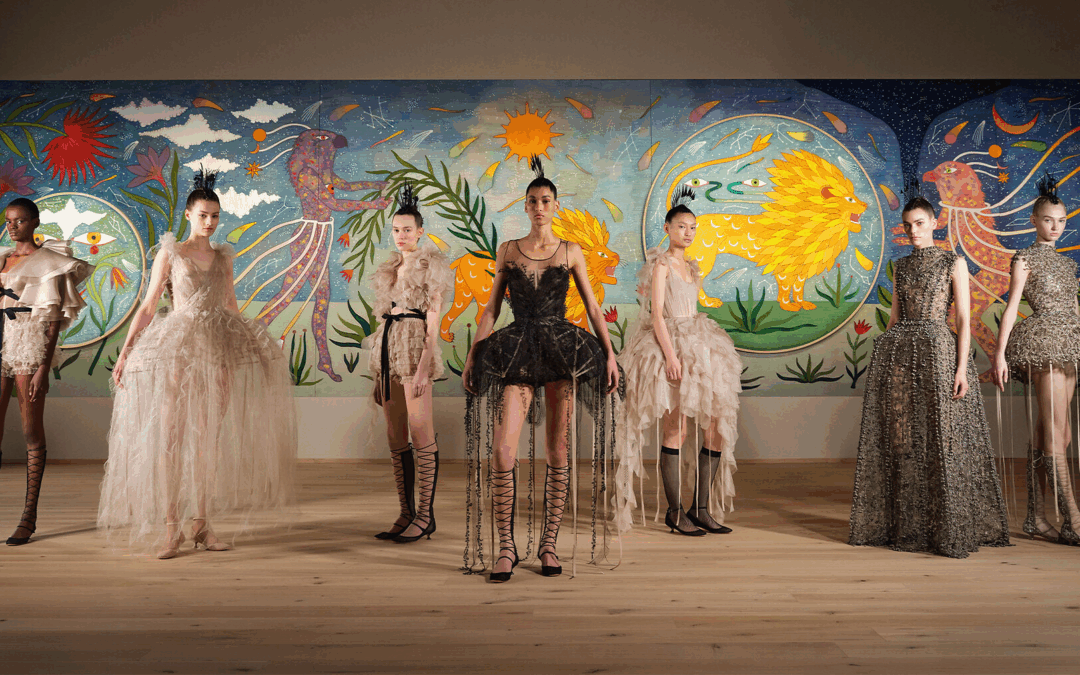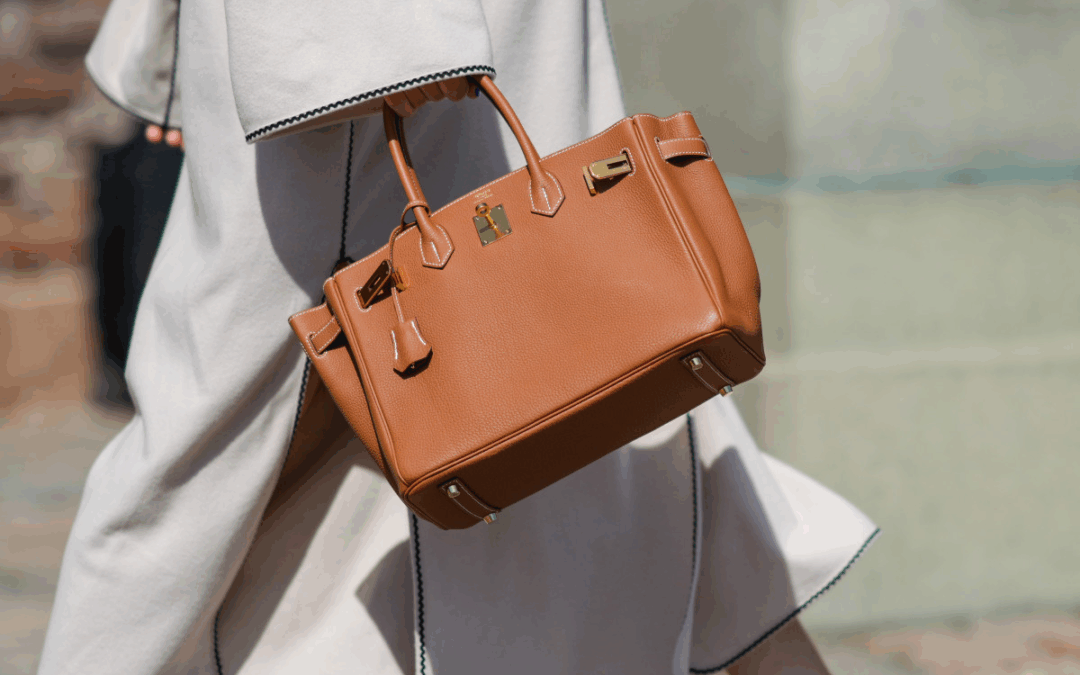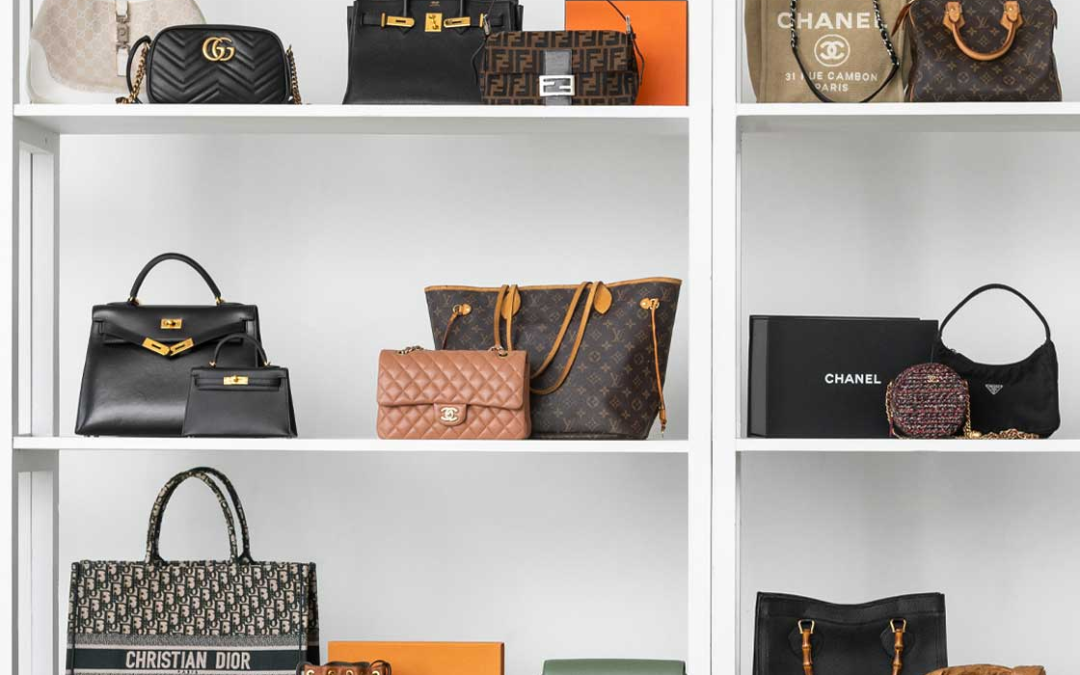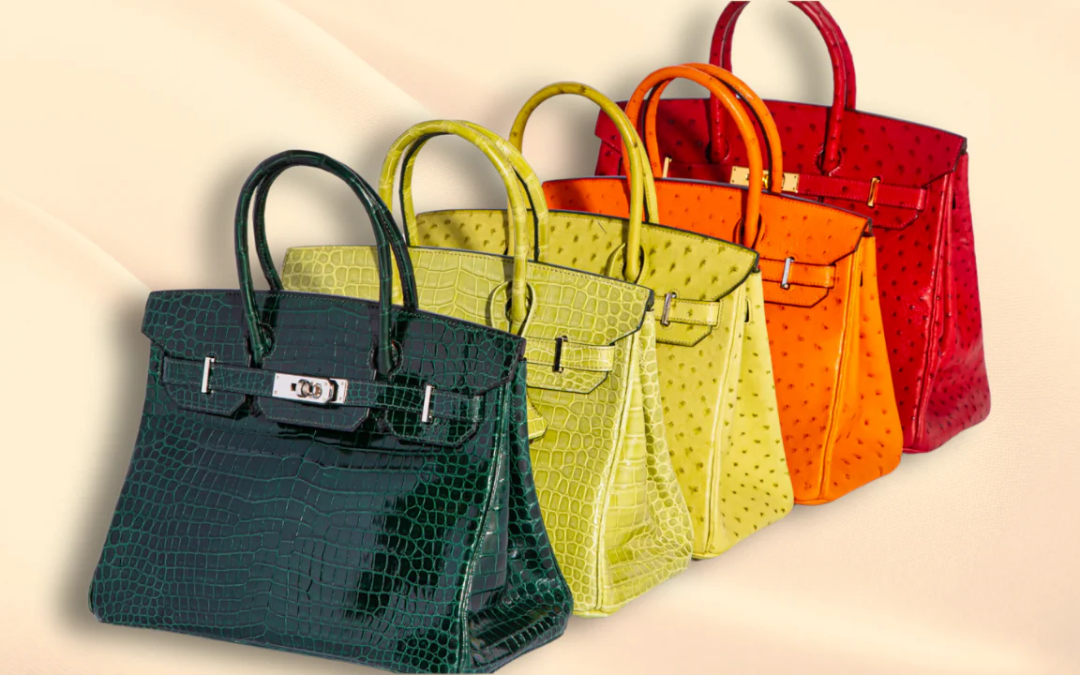
by Thea Elle | Jul 31, 2025 | Arts & Culture
Style Companion Behind Dior’s Feminist Wave: The Legacy of Rachele Regini by Thea Elle | Aug., 01, 2025 | Arts & Culture When Maria Grazia Chiuri became DIOR’s first female creative director in 2016, she didn’t just change how the maison dressed women—she changed...

by Thea Elle | Jul 22, 2025 | Arts & Culture, Luxury Industrial Complex
Style Companion Can Luxury Be Ethical at Scale? Dior’s Italian Scandal Reveals a Fragile System by Thea Elle | Jul., 22, 2025 | Luxury Industrial Complex In Milan, the court’s ruling landed not with the crack of a gavel but with the soft thud of inevitability. Less...

by Thea Elle | Jun 25, 2025 | Arts & Culture
Style Companion Newsflash: Jane Skips the Line. by Thea Elle | June 26, 2025 | Style Guide Jane Birkin didn’t chase trends. She dissolved them on contact. Long before Instagram grids, front-row invites, and the glossy machinery of luxury branding, Jane moved through...

by Thea Elle | May 15, 2025 | Arts & Culture, Style Guide
Style Companion Confidence Over Labels: Why Replica Luxury Bags Are the New Power Statement by Thea Elle | May 15, 2025 | Style Guide In a world where fashion is often used as a symbol of status, people are starting to question what truly makes something luxurious. Is...

by Thea Elle | Jan 8, 2025 | Arts & Culture, Luxury Accessories
Style Companion Timeless Elegance: The Evolution of Luxury Bags and Purses by Thea Elle | Jan., 13, 2025 | Luxury Accessories Luxury bags and purses have long transcended their functional purpose, becoming emblems of status, style, and artistry. From their humble...

by Thea Elle | Jan 7, 2025 | Arts & Culture, Luxury Industrial Complex
Style Companion Birkins & A-List Moments: Celebrities Who Made HERMÈS History by Thea Elle | Jan., 8, 2025 | Style Guide The HERMÈS Birkin is more than a handbag—it’s a symbol of status, luxury, and unparalleled craftsmanship. This iconic accessory has graced the arms...







